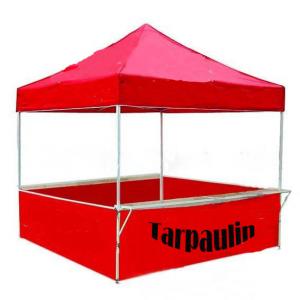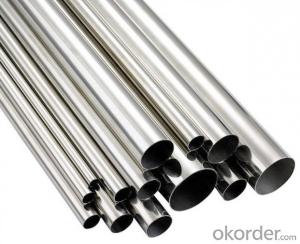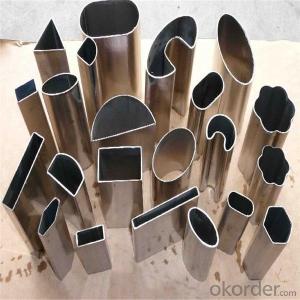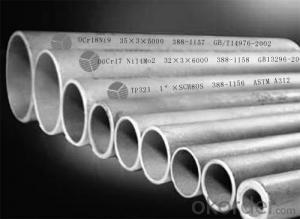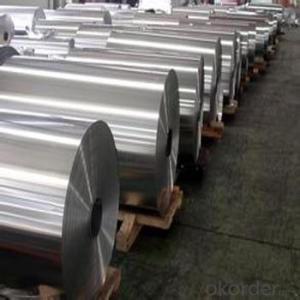Stainless Steel Flex Pipe
Stainless Steel Flex Pipe Related Searches
Best Paint For Stainless Steel Blanket Insulation For Steel Buildings Primer For Galvanized Steel Foam Filter For Stainless Steel H S Code For Stainless Steel Surface Grinding Wheels For Stainless Steel Surface Grinding Wheels For Hardened Steel Hole Saw For Stainless Steel Paint For Stainless Steel Stainless Steel For BbqHot Searches
Steel Mesh Panels For Sale Price For Stainless Steel Scrap Scrap Price For Stainless Steel Price For Stainless Steel Stainless Steel Tank For Sale Stainless Steel Sheets For Sale Cheap High Tea Sets For Sale Stainless Steel Tanks For Sale Stainless Steel For Sale High Density Fiberboard For Sale Solar Hot Water Collectors For Sale Scaffolding For Sale In Uae Scaffolding For Sale In Ireland Scaffolding For Sale In Houston Type Of Inverter For Solar Price Of Shipping Containers For Sale Types Of Inverter For Solar Stock Price For Aluminum Used Solar Inverter For Sale Steel Mesh Panels For SaleStainless Steel Flex Pipe Supplier & Manufacturer from China
Okorder.com is a professional Stainless Steel Flex Pipe supplier & manufacturer, offers integrated one-stop services including real-time quoting and online cargo tracking. We are funded by CNBM Group, a Fortune 500 enterprise and the largest Stainless Steel Flex Pipe firm in China.Hot Products
FAQ
- Yes, stainless steel pipes are suitable for hydraulic applications. Stainless steel is known for its excellent corrosion resistance, which makes it an ideal choice for hydraulic systems that may come into contact with various fluids. Stainless steel pipes have high strength and durability, allowing them to withstand high pressure and temperature conditions commonly encountered in hydraulic systems. Additionally, stainless steel pipes offer excellent dimensional stability and can maintain their shape and integrity even under extreme operating conditions. Due to their resistance to corrosion, stainless steel pipes also provide a longer service life compared to other materials, reducing the need for frequent replacements and maintenance. Overall, stainless steel pipes are a reliable and efficient choice for hydraulic applications.
- Certainly, boiler tubes can indeed utilize stainless steel pipes. The utilization of stainless steel as a material for boiler tubes is quite prevalent owing to its remarkable resistance to corrosion, robustness, and ability to withstand high temperatures. These attributes render stainless steel pipes well-suited for managing steam under conditions of elevated pressure and temperature within boilers. Moreover, the resistance of stainless steel to scaling and oxidation further augments its appropriateness for boiler applications. All in all, stainless steel pipes prove to be a dependable and efficient option for boiler tubes.
- The main difference between 316 and 316LN stainless steel pipes lies in their nitrogen content. 316LN stainless steel pipes have a higher nitrogen content, which enhances their resistance to corrosion and improves their strength and toughness. This makes 316LN stainless steel pipes suitable for applications in more demanding environments, such as those involving high temperatures and aggressive chemicals.
- 316 stainless steel pipe wall mirror polishing, the smaller the roughness, the better.
- Steel pipe is purchased separately, and then polished to find manufacturers alone, can meet the requirements,The cost is very high. To tell you the truth, I don't know.Specializing in sanitary stainless steel tube, stainless steel tube, precision sanitary stainless steel tube and stainless steel tube precision tube production and sales, the main material: stainless steel material: 0Cr18Ni9 (304 stainless steel tube) and 00Cr19Ni10 (304L stainless steel tube (316), stainless steel tube), 00Cr17Ni14Mo2 (GB 316L stainless steel tube), the products are widely used in instrumentation pharmaceutical machinery, food machinery, auto parts, pneumatic components, beverage, beer, drinking water, air purification and biological engineering and other fields.
- To effectively clean stainless steel pipes, various methods can be employed depending on the extent of dirt or grime present. To begin with, warm water and a mild detergent can be utilized. The detergent should be mixed with water and a soft cloth or sponge can be used to gently wipe the surface of the pipes. It is important to ensure that the wiping motion follows the direction of the grain in order to prevent any scratching of the steel. Following this, the pipes should be thoroughly rinsed with clean water and dried with a clean, lint-free cloth. In cases where the pipes exhibit tougher stains or buildup, a vinegar solution can be employed. Equal parts of vinegar and water should be mixed and the resultant solution can be applied to the pipes. Allowing it to sit for a few minutes will enable the solution to dissolve the stains, after which a soft brush or cloth can be used to gently scrub the pipes. Subsequently, the pipes should be well-rinsed with clean water and thoroughly dried. For more stubborn stains or discoloration, the utilization of a specialized stainless steel cleaner or polish is recommended. The product's instructions should be followed, typically involving its application to the pipes and subsequent rubbing with a soft cloth, once again following the direction of the grain. The pipes must then be rinsed extensively with clean water and completely dried. It should be noted that abrasive cleaners or scrubbing pads must be avoided as they possess the potential to scratch the stainless steel surface. Furthermore, it is advisable to always test any cleaning solution or product on a small, inconspicuous area of the pipes before applying it to the entire surface. This ensures that no damage or discoloration occurs.
- 904L and 2205 stainless steel pipes differ in various aspects. Firstly, their composition varies significantly. 904L stainless steel is a high alloy austenitic stainless steel with elevated levels of chromium, nickel, and molybdenum. It also has a low carbon content, granting it remarkable resistance to corrosion and pitting. Conversely, 2205 stainless steel is a duplex stainless steel that combines austenite and ferrite phases. It contains lower amounts of chromium and nickel compared to 904L, but boasts higher levels of molybdenum and nitrogen. Secondly, the mechanical properties of these steels differ. 904L stainless steel exhibits exceptional toughness and high strength, making it suitable for applications in aggressive environments such as chemical processing plants and offshore oil and gas platforms. Conversely, 2205 stainless steel possesses good overall mechanical properties, including high tensile and yield strength. It is commonly utilized in industries like marine, paper, and pulp, wherein resistance to stress corrosion cracking is crucial. Additionally, their resistance to corrosion separates them further. Although both steels are corrosion-resistant, 904L stainless steel showcases remarkable resistance to a wide range of corrosive environments, including sulfuric acid, hydrochloric acid, and saltwater. This makes it an ideal choice for industries that demand extreme corrosion resistance. On the other hand, 2205 stainless steel, while not as corrosion-resistant as 904L, still offers good resistance to many corrosive substances, rendering it suitable for various applications. Cost constitutes another distinguishing factor between these steels. Due to its high alloy content and superior properties, 904L stainless steel generally carries a higher price tag than 2205 stainless steel. Therefore, the selection between the two will depend on the specific requirements of the application and the allocated budget. In conclusion, the main disparities between 904L and 2205 stainless steel pipes emerge in their composition, mechanical properties, corrosion resistance, and cost. Comprehending these distinctions aids in selecting the appropriate stainless steel pipe for a given application.
- Yes, stainless steel pipes can be used for wastewater treatment plants. Stainless steel is highly resistant to corrosion and can withstand the harsh and corrosive environment of wastewater treatment plants. It is a durable and reliable material that can effectively transport and handle wastewater without degradation or contamination.
- Stainless steel pipes can experience several corrosion problems that are commonly encountered. One of the most frequent issues is pitting corrosion, which manifests as small pits or holes present on the pipe's surface. The main cause of pitting corrosion is exposure to chloride ions, which can be derived from substances like saltwater or specific types of cleaning agents. Another prevalent corrosion problem is crevice corrosion. This occurs within the narrow gaps or crevices between the pipe and other surfaces. Moisture or other corrosive substances often become trapped in these gaps, leading to localized corrosion. Crevice corrosion is frequently observed in areas where the pipe is joined or in poorly ventilated regions. Stress corrosion cracking is a well-known issue that affects stainless steel pipes. It arises when the material is subjected to both tensile stress and a corrosive environment. Consequently, cracks can form in the pipe, potentially resulting in leaks or structural failure. Lastly, galvanic corrosion is a typical concern when stainless steel pipes come into contact with other metals. When two dissimilar metals are in contact in the presence of an electrolyte, like water, a galvanic cell can form and cause corrosion. To prevent this, it is crucial to utilize appropriate insulation or isolation techniques when connecting stainless steel pipes to other metals. Although stainless steel is renowned for its resistance to corrosion, it is not entirely impervious to such issues. Familiarizing oneself with these common corrosion problems and implementing preventive measures can effectively ensure the durability and dependability of stainless steel pipes.
















